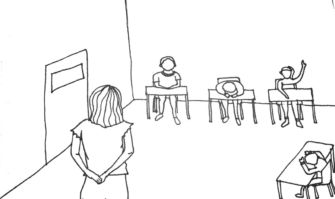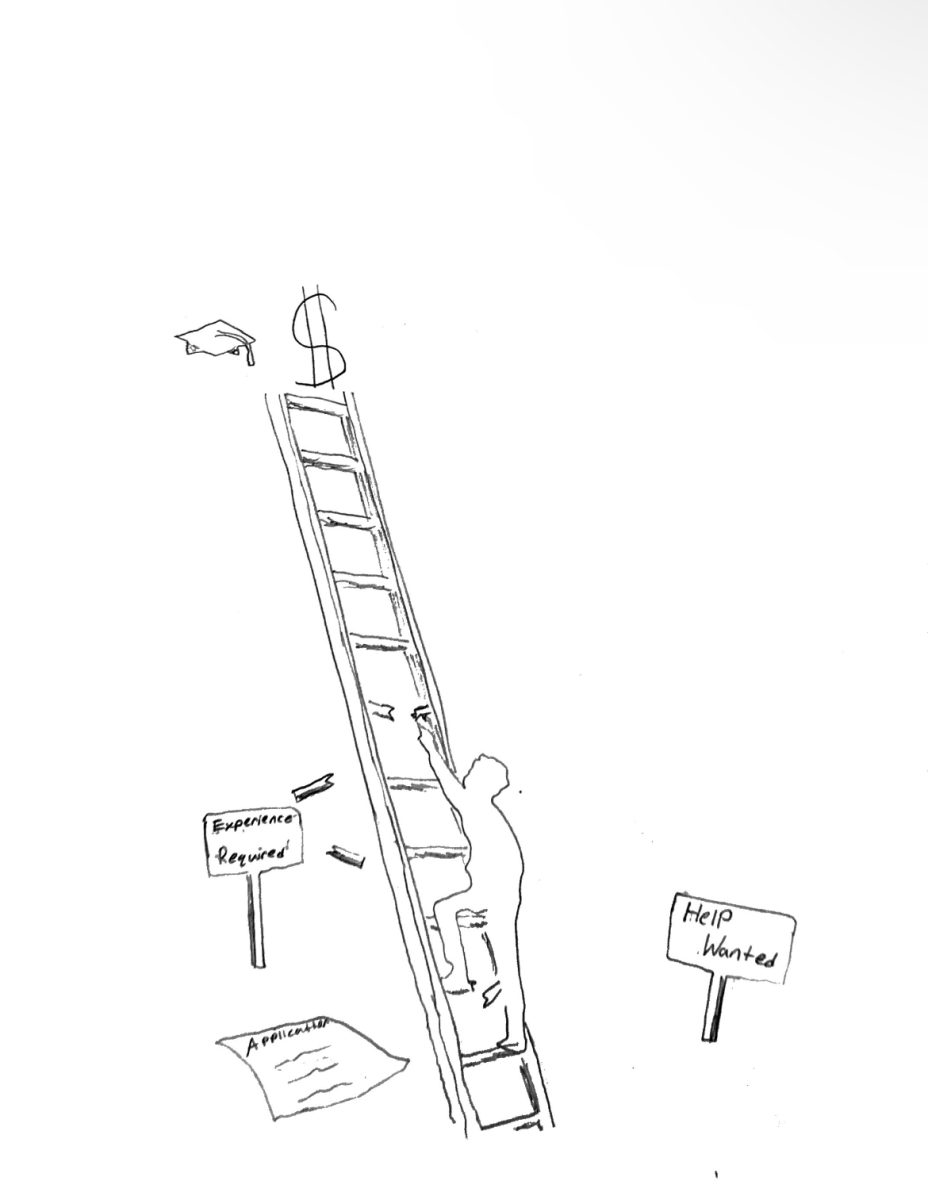Not even a school in the middle of sheltered Marin can monitor their students, who tune into the news and in turn converse on the subject, using class time to discuss the polarizing events that recently took place. Public school teachers should plan what to say when they look at the impressionable teens sitting before them and struggling to converse, while remaining unbiased and professional. While it is important for teachers to include current events in their curriculum, they should not let their opinion creep into classroom conversations.
The resignation of Press Secretary Sean Spicer, demonstrations in Charlottesville and the barring of transgender Americans from the military (which is suspended at the moment) took our small and for the most part left-wing community by storm. These unexpected incidences sparked a buzz throughout Marin.
Aside from the main problems they address, these events beg the question: how do teachers approach these touchy subjects and handle them in a way that is appropriate in the classroom?

Discussing these subjects should not be treated as any regular lecture. Teachers have influence over their subjects and the approach is a large factor of a conversation. Instead, it should be more of a time to inform students about the sequence of events and what led up to that event. Teachers should have a true understanding of all the facts, even if they have a political preference, and never blur the lines between the two.
Often, dialogue on particularly contentious topics seems to quickly head south, when teachers express their strong opinions agreeing one side. This is difficult for students of different views because it seems insurmountable to dispute with an instructor. The fact is, we are not all liberals and while some of the decisions made by the POTUS seem irrational to many, negative thoughts dealing with either side in politics need not be expressed by teachers. When left-leaning teachers include their sentiments in politics, especially towards developments involving our current president, the more conservative students are isolated. They don’t stand much of a chance trying to converse with the class, let alone their instructor. My point is not to support any of the circumstances that occurred this summer, but merely to suggest the proper way in which teachers should address them. The weight of such pressing issues must be dealt with properly.
In almost all classes, it’s expected that students use reputable sources while researching. The same standard should be held to the teachers as well. It’s the responsibility of the educator not only to pursue facts, but facts from both sides of the spectrum in order to offer their subjects credible information.
Generally, we know that we can’t really pull many nonpartisan facts from Fox News, but the same can be said for CNN. Both of these sources lean in opposite directions and report in a certain fashion—one which is designed to attract certain viewers. Some teachers know this to be true, but continue to use information from biased sources.
One way to stop the intrusion of the teacher’s personal opinion is to find a truly impartial source that does not give away one’s opinion just by looking at the place in which they gather their news. In other words, just the news outlet gives away a lot more than one would think. Simply being aware of the source of certain information is enough to credit, and also discredit, it.
It’s argued that free flowing conversation encourages open mindedness in the classroom. These types of conversations are supposed to promote respect for both points of view. Adversely, in situations such as politics, this theory is not applicable because the free flow seems to stop after differing opinions have been established. This is evident, especially in Marin because the clear minority is the conservative, making it difficult to promote a healthy debate.
Feasibly, teachers should work towards presenting tenable facts without the influence of their bias or opinion. Although it may be difficult, let’s leave the controversies of politics aside and keep the classroom a neutral place. The current strife should not be swept under the rug, but some subjects should be addressed without an angle.






